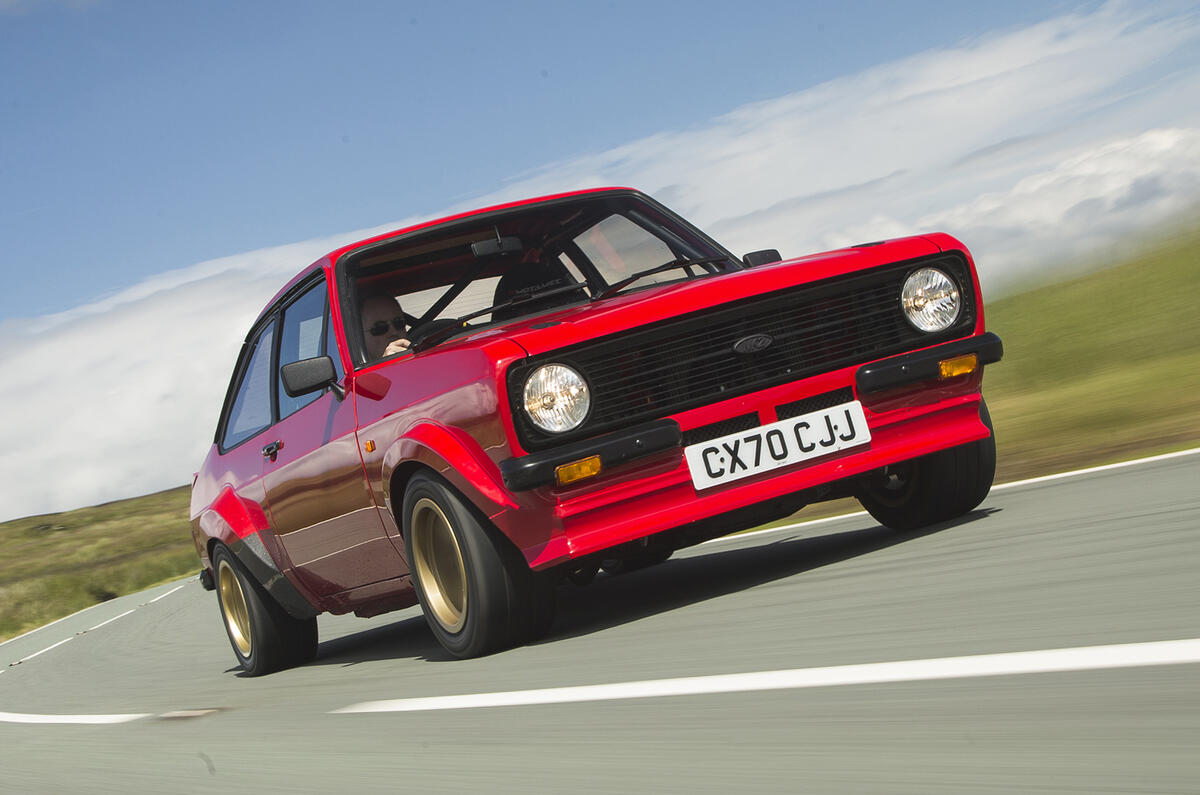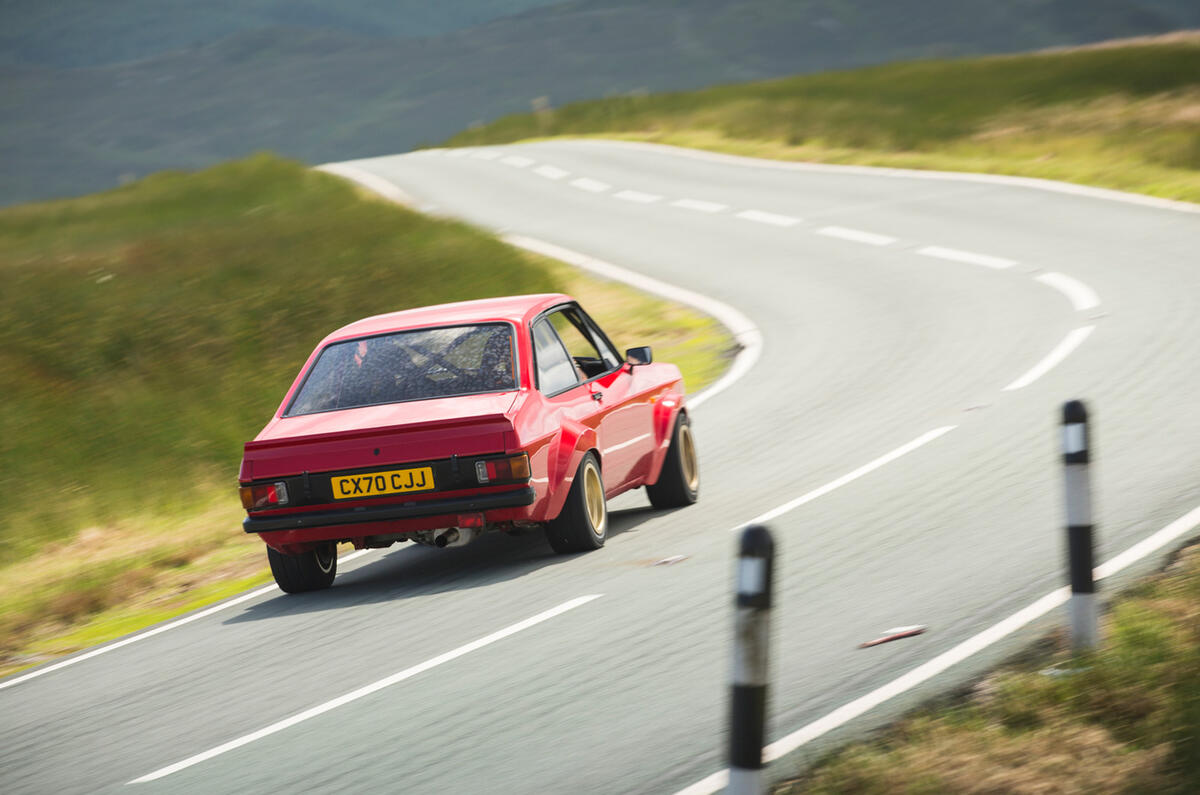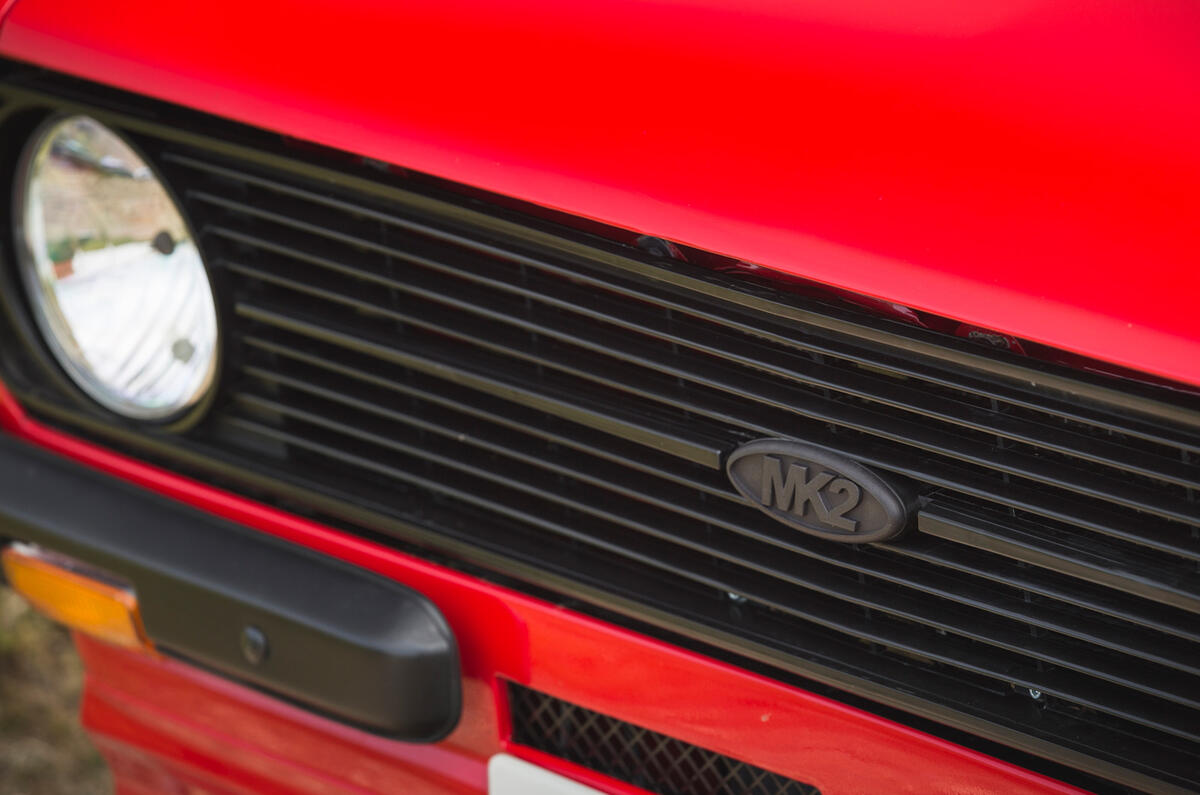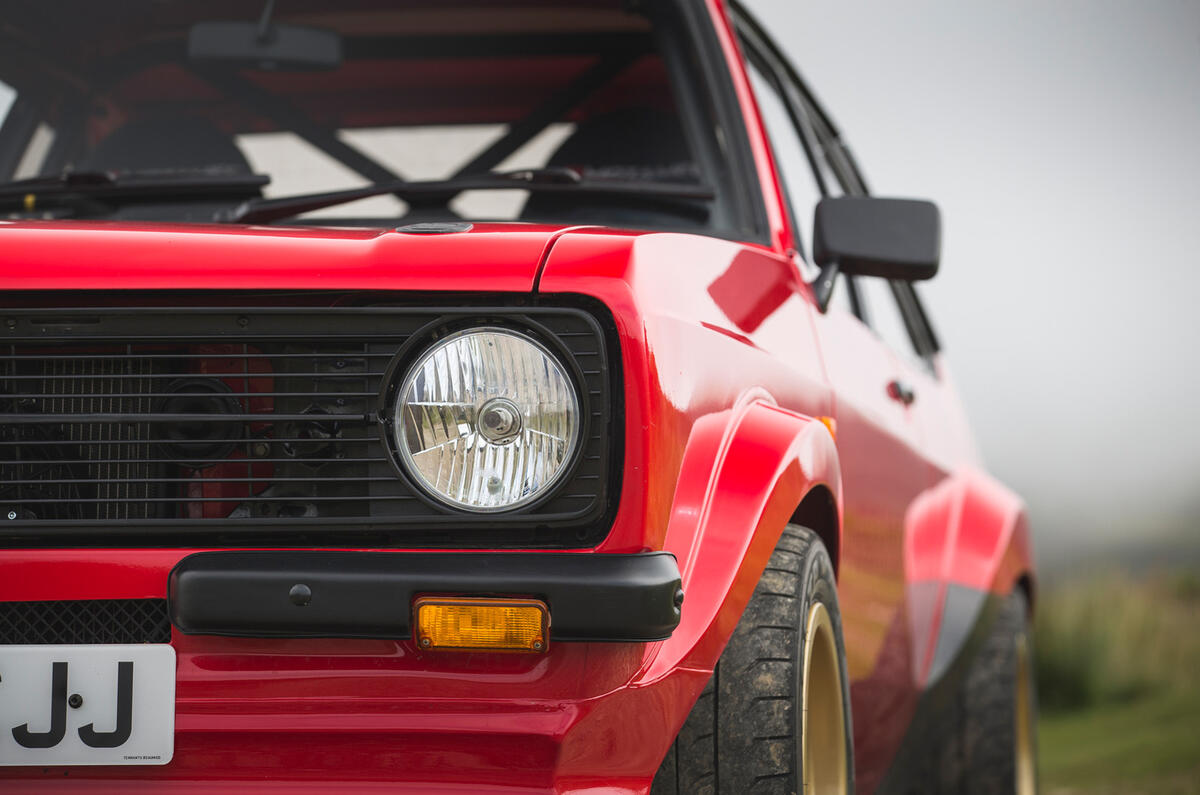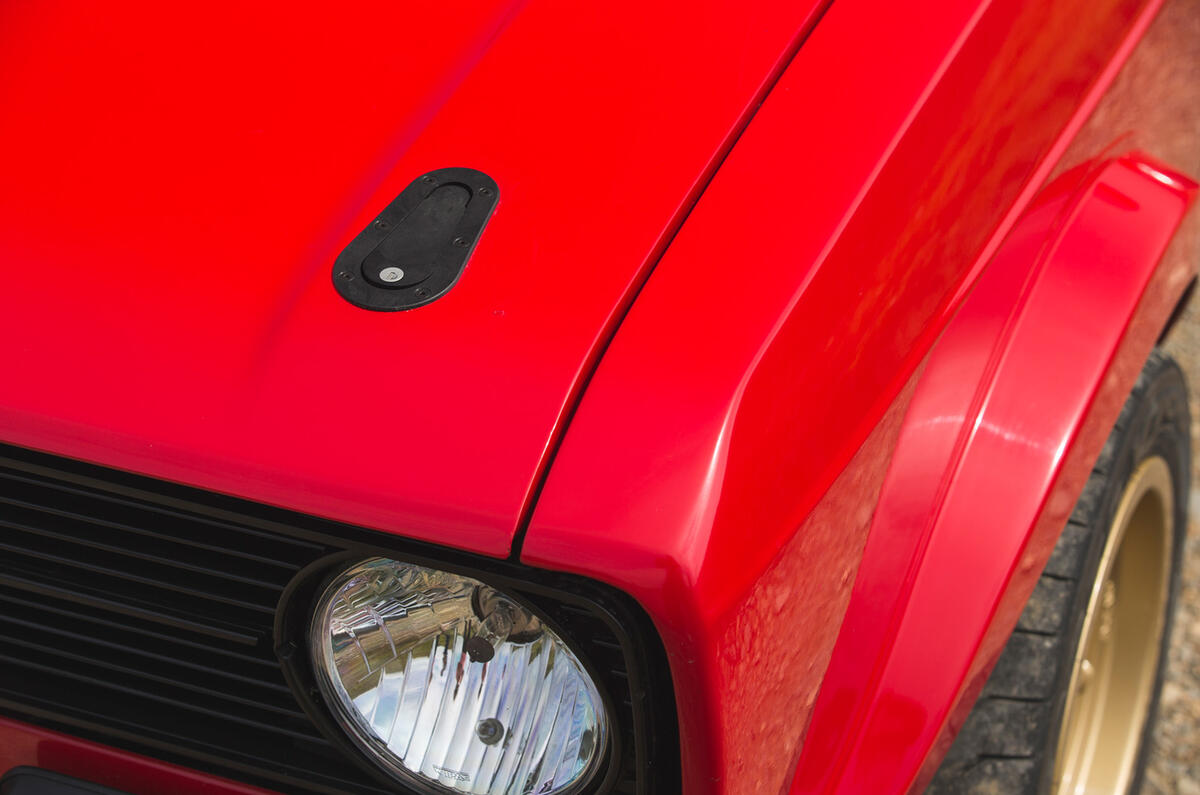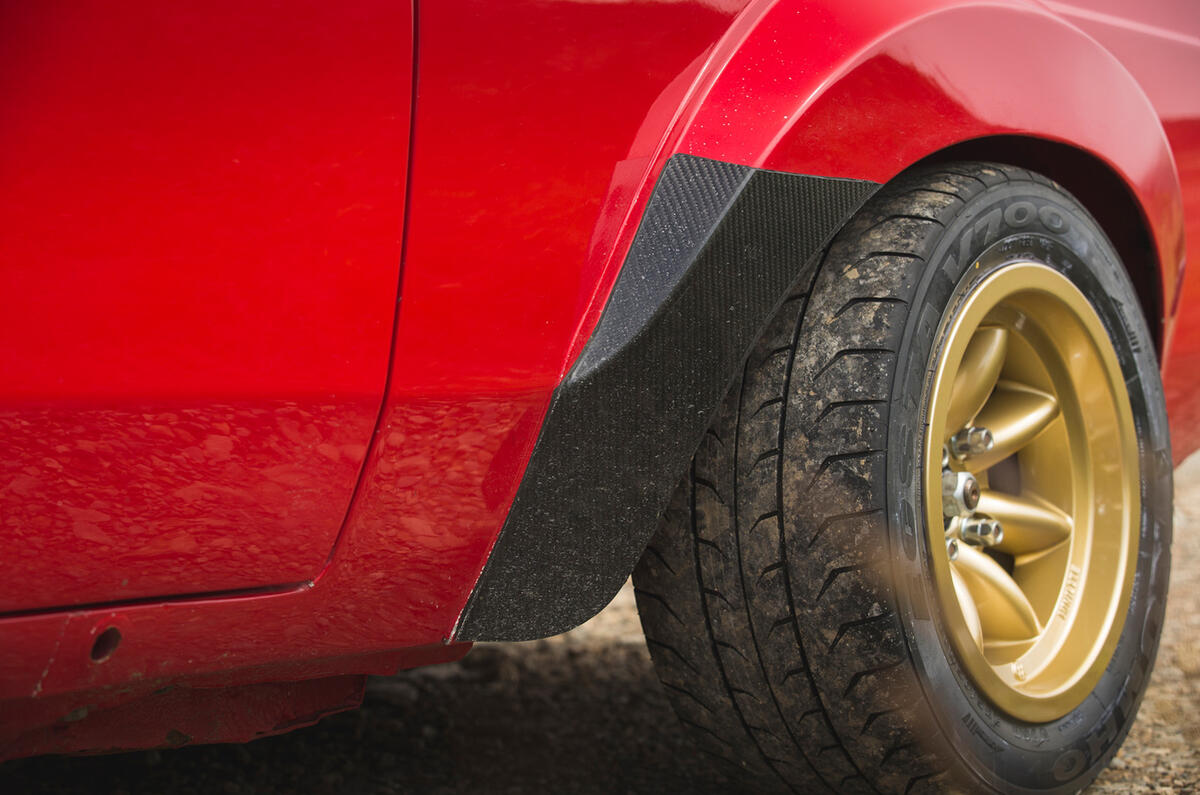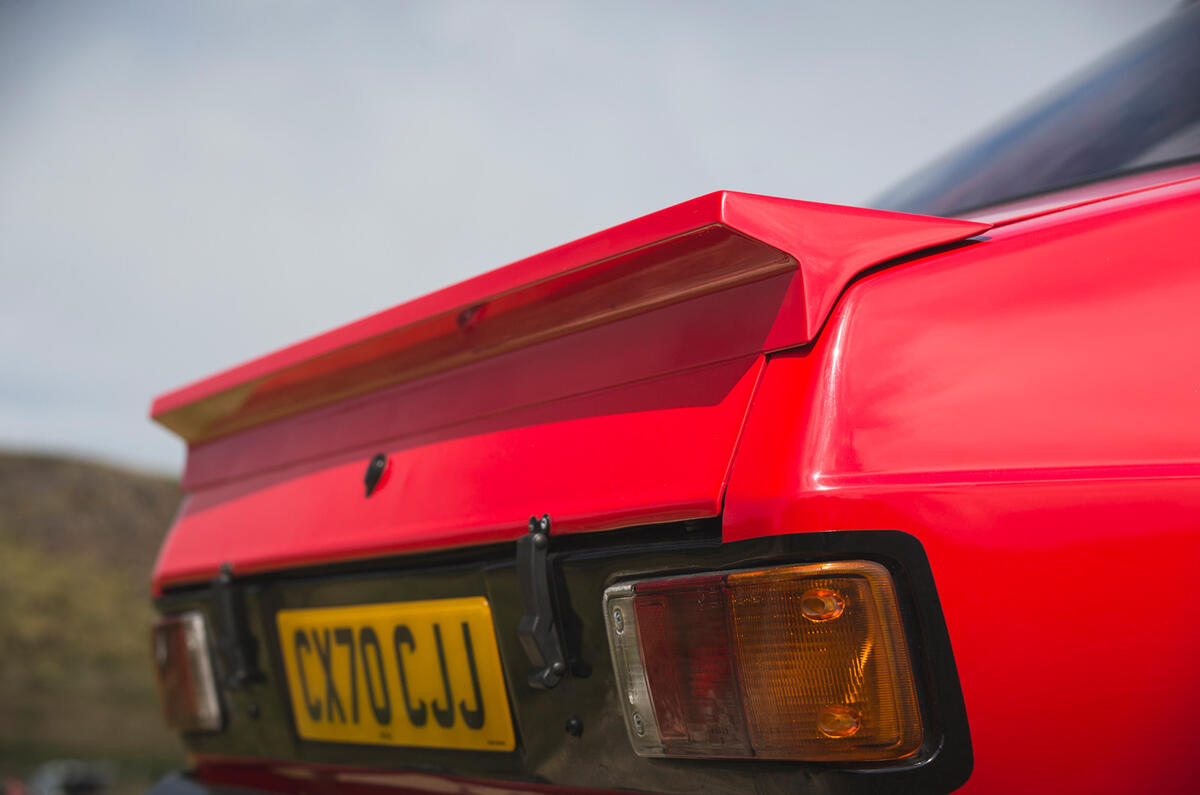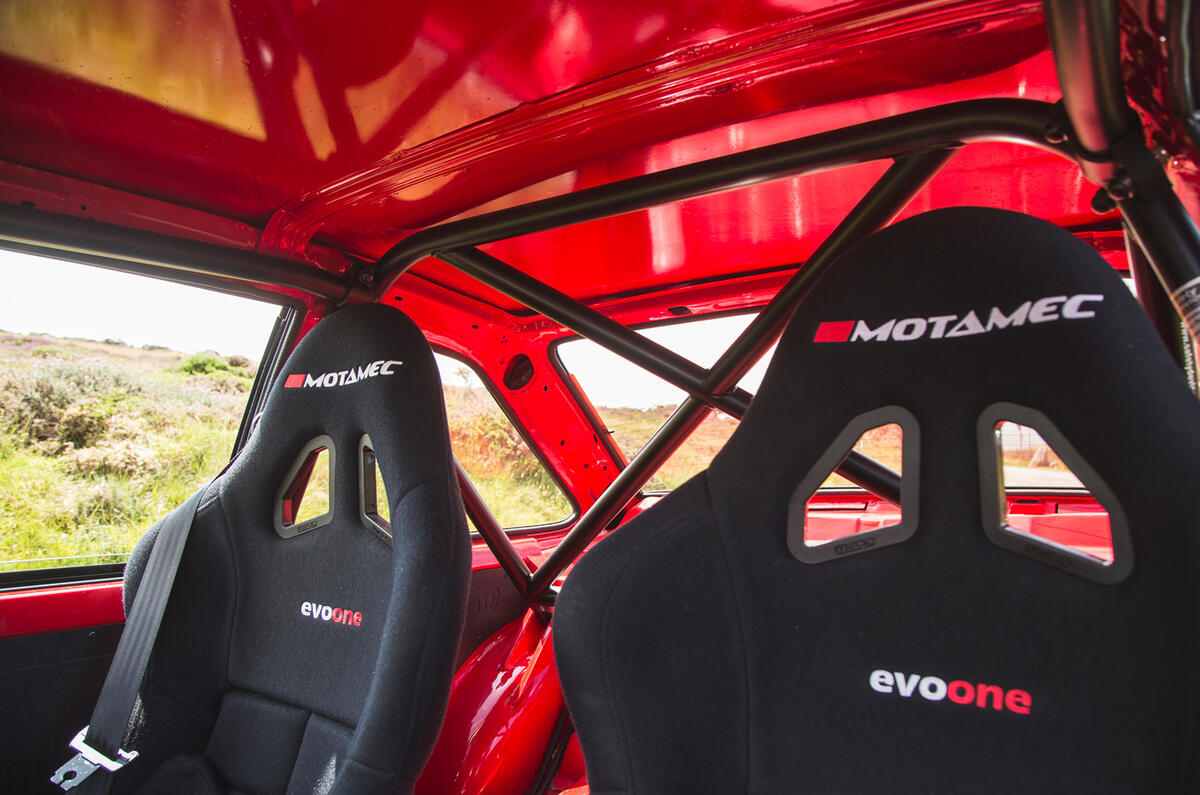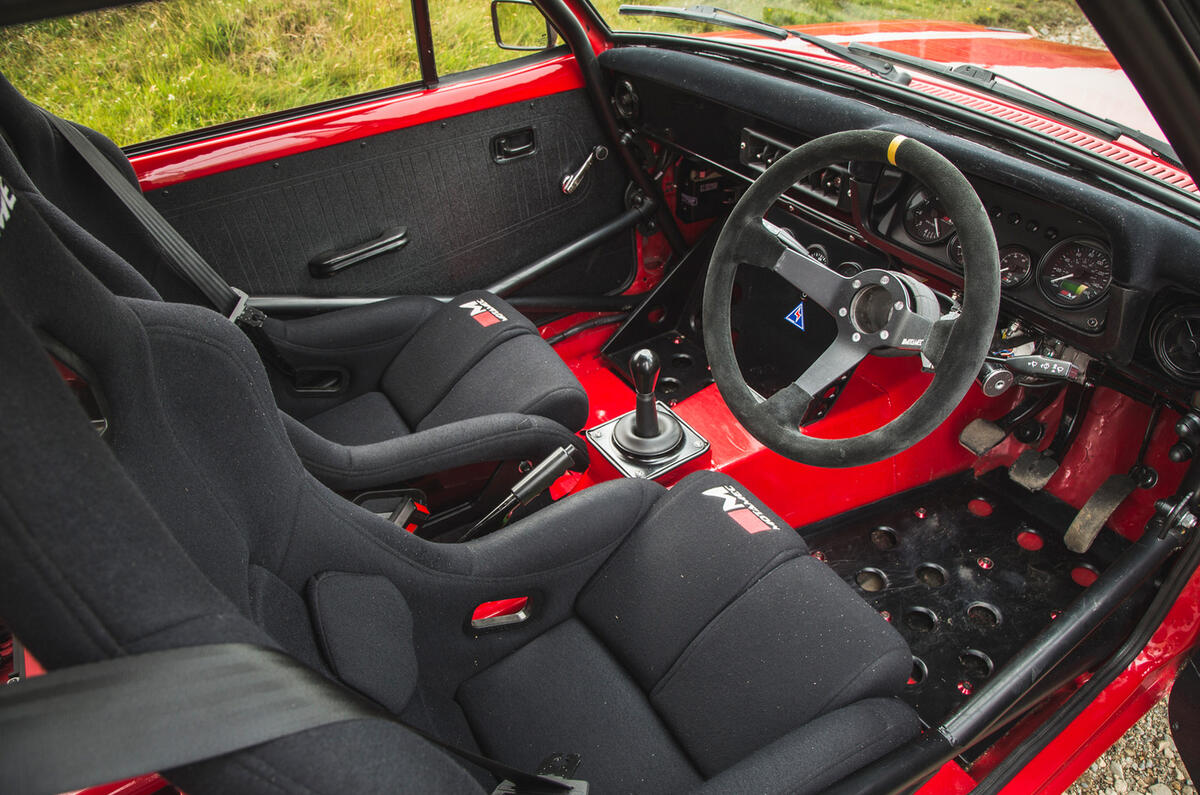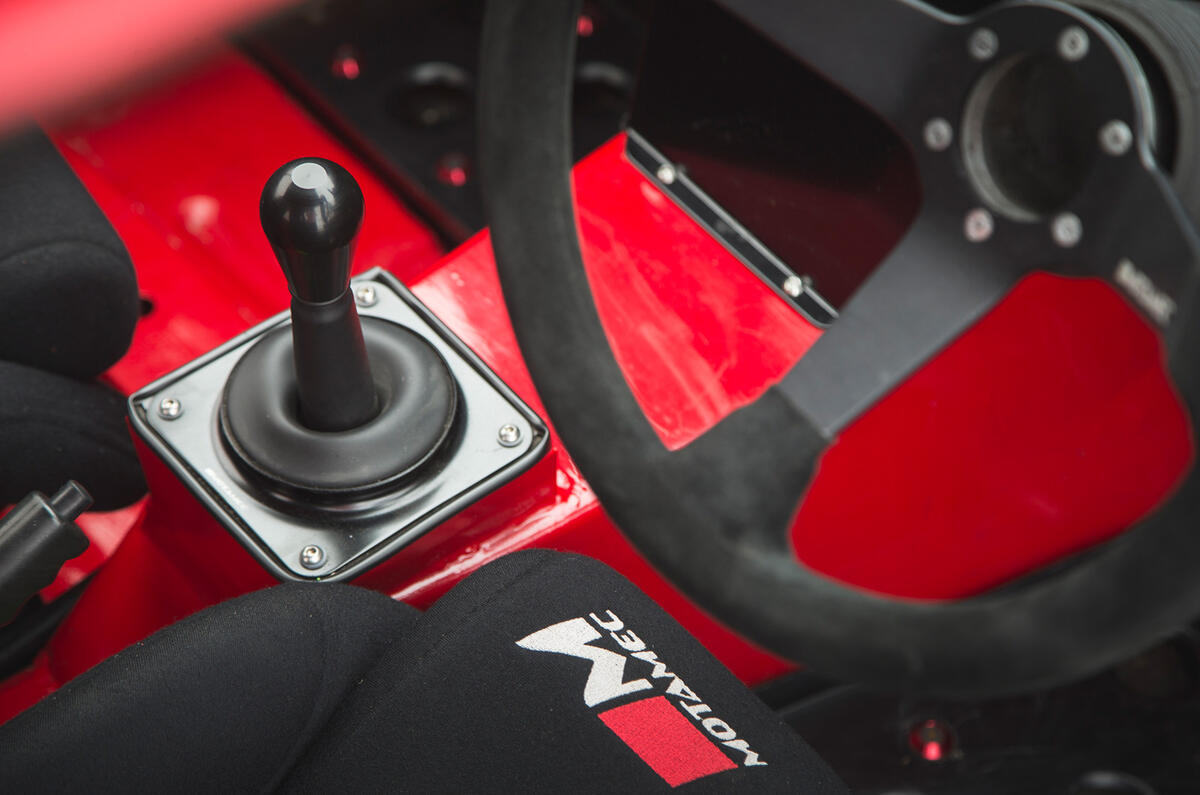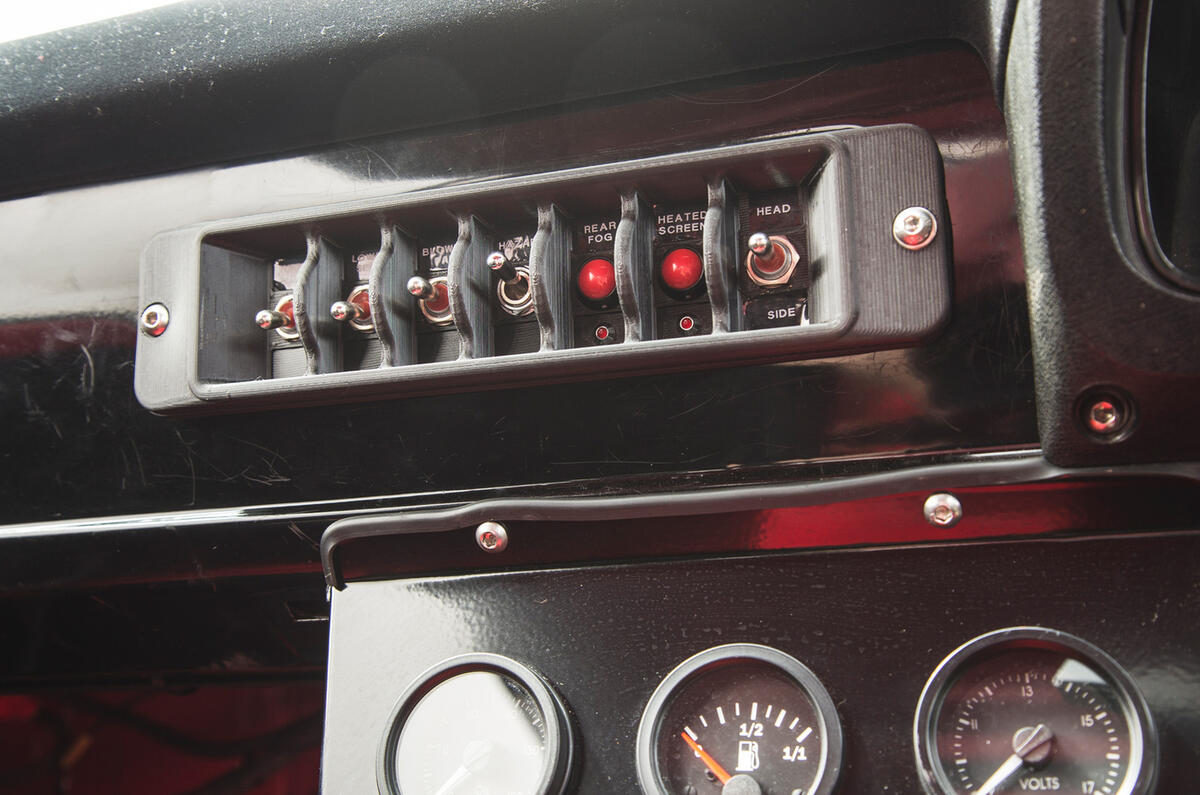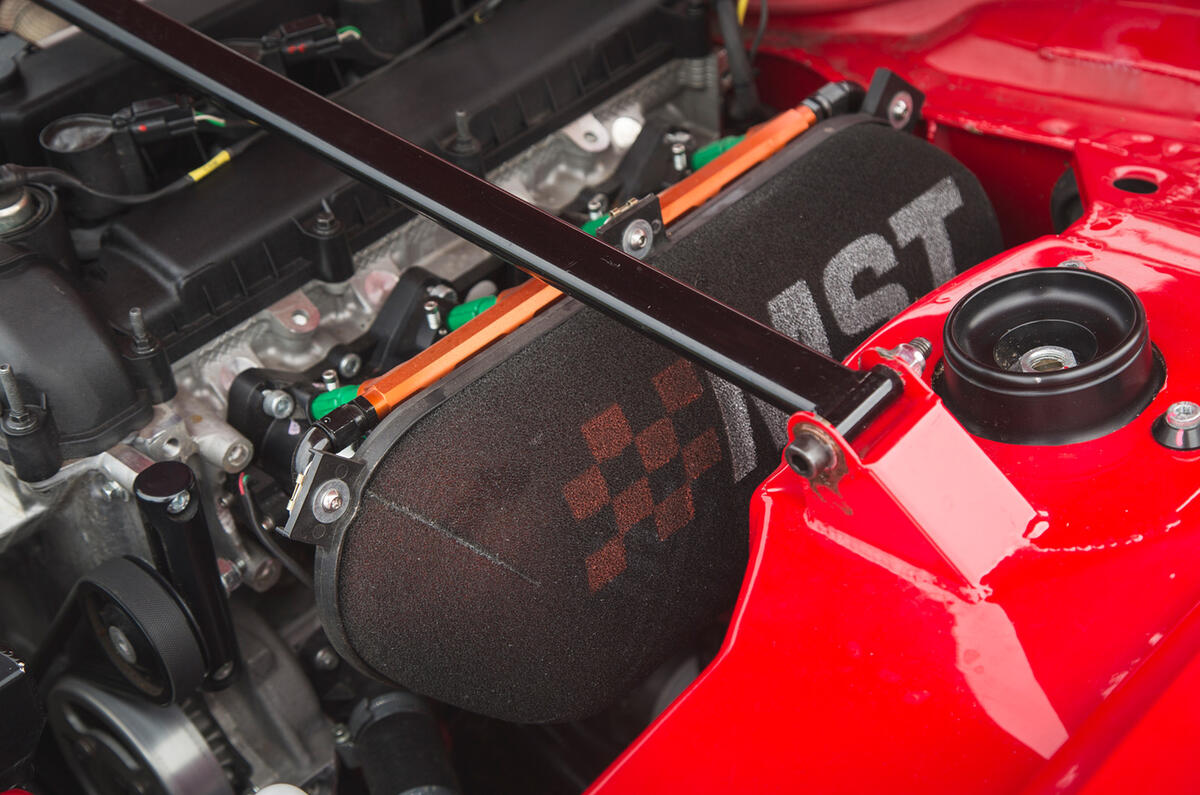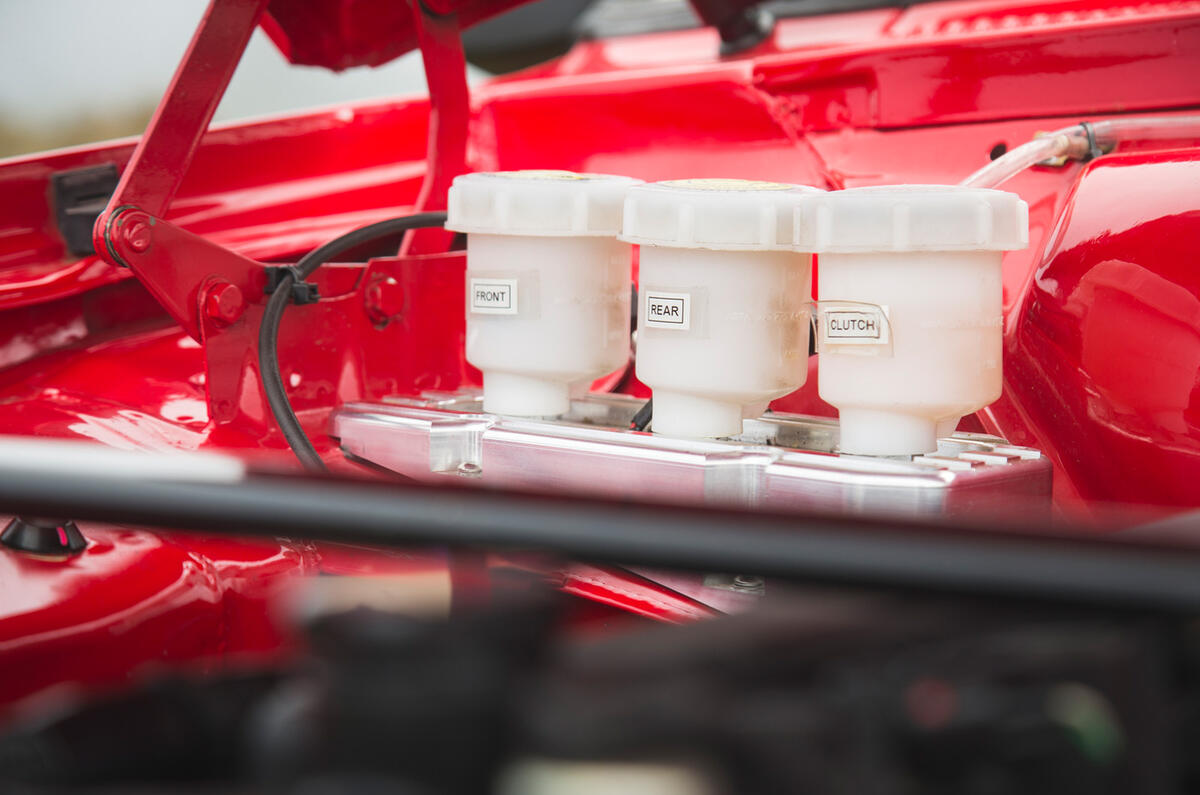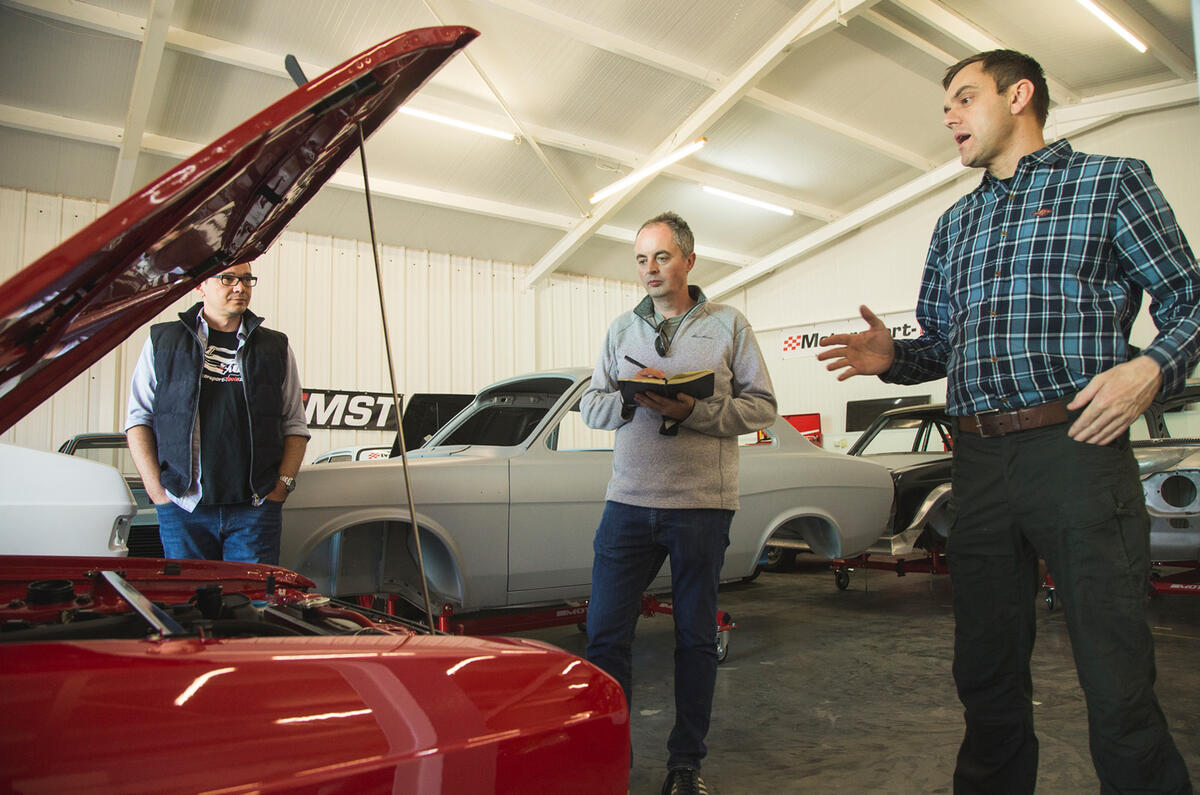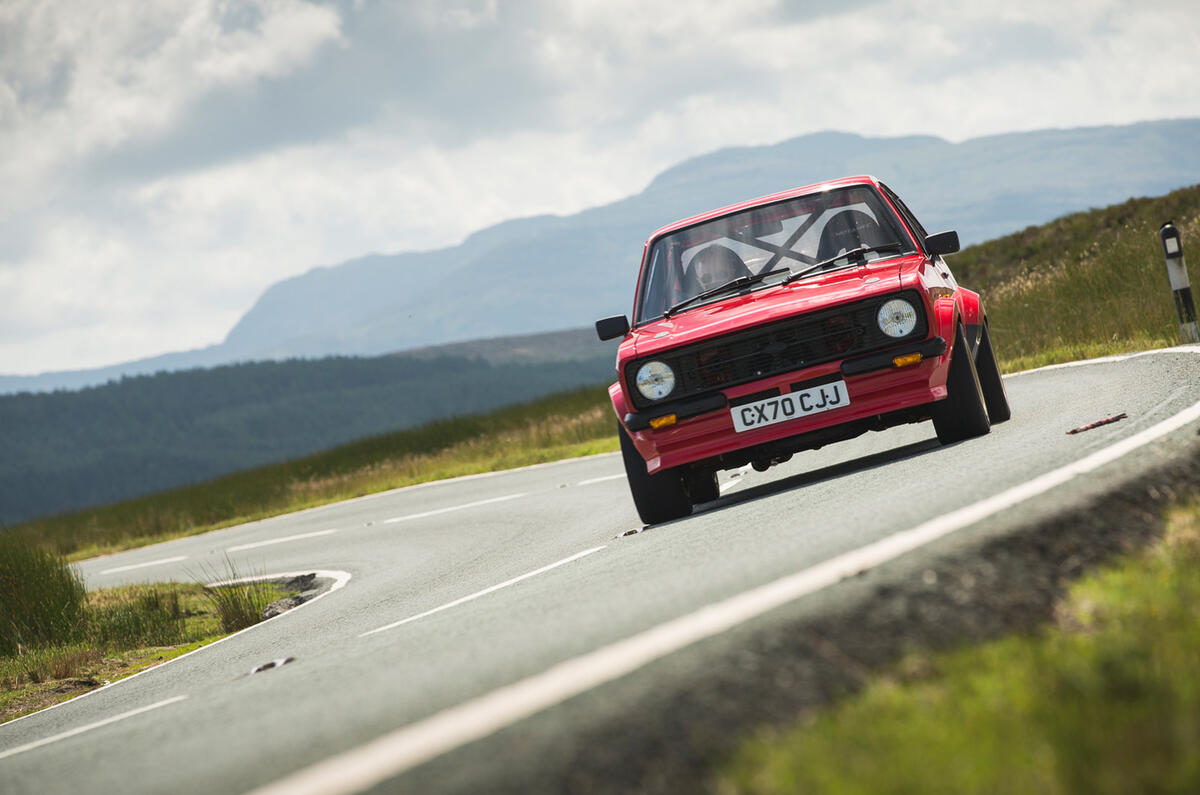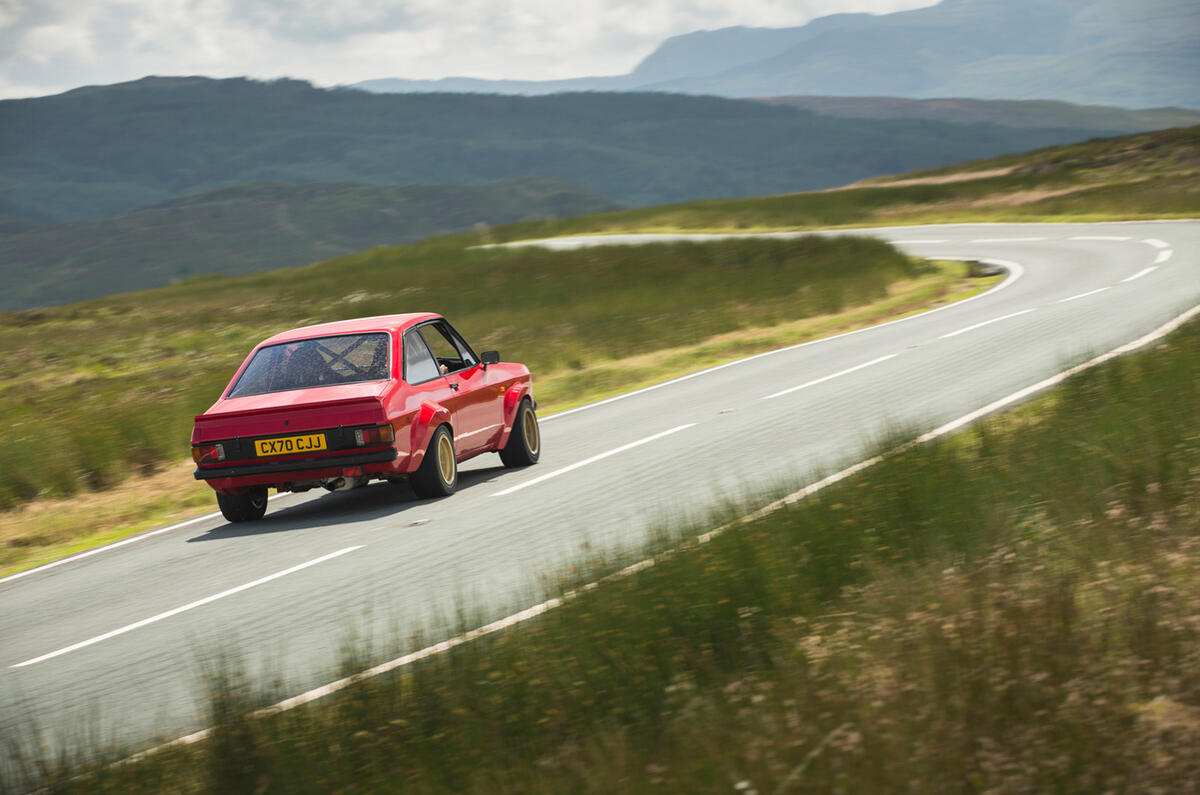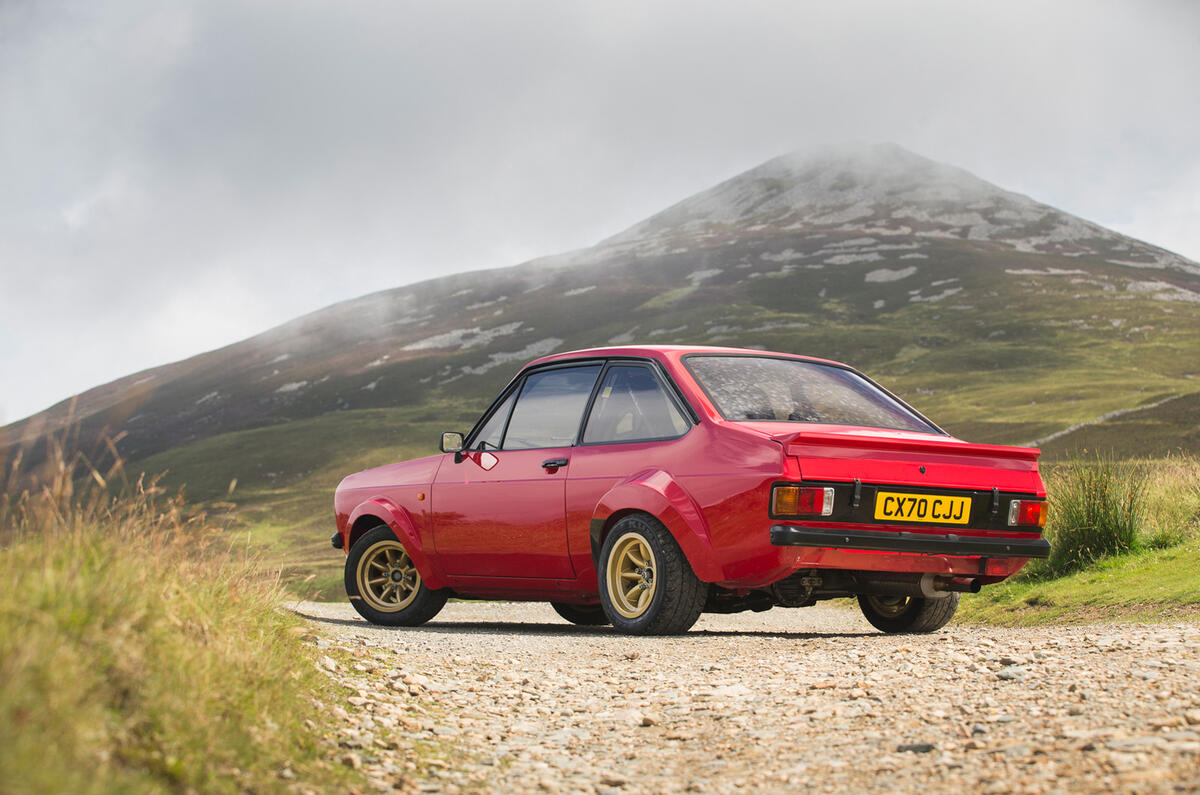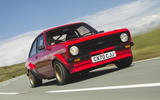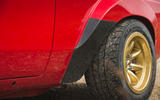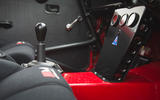Historical highlights of August 1980 included the release of Microsoft’s debut operating system, Xenix, the first-ever full-body MRI scan, at the University of Aberdeen, and the birth of future child star Macaulay Culkin.
In the UK charts, David Bowie’s Ashes to Ashes disproved Abba’s The Winner Takes It All by replacing it at number one. Less remembered by posterity is the quiet death of the Mk2 Ford Escort, the final examples of which rolled off the line at the Halewood plant during that month.
As a road car, the Escort was little mourned. The combination of rear-wheel drive and a back axle suspended between a pair of leaf springs seemed archaic even then. The Mk3 successor’s combination of front-wheel drive and peppy OHC engines was much more in the spirit of the automotive zeitgeist.
But as a rally car, the Mk2 would be sorely missed. Ari Vatanen won his sole World Rally Championship driving one the year after the road car retired. (The connection was celebrated by the Flying Finn’s reunion with both the original car and WRC co-driver David Richards at the Goodwood Festival of Speed last weekend.) Yet even as rallying moved into its era of turbocharging and all-wheel drive, the humble Escort’s combination of affordability and tunability kept it popular with amateur competitors.
In the years that followed, this created an ecosystem of specialists and suppliers to keep examples running. And when demand started to trump supply, it led to increasingly outlandish prices being paid for two-door Escorts to be converted into rally cars. Many are still competing, and in recent years, outlandish mechanical makeovers have given some more than 300hp and modern sequential gearboxes.


